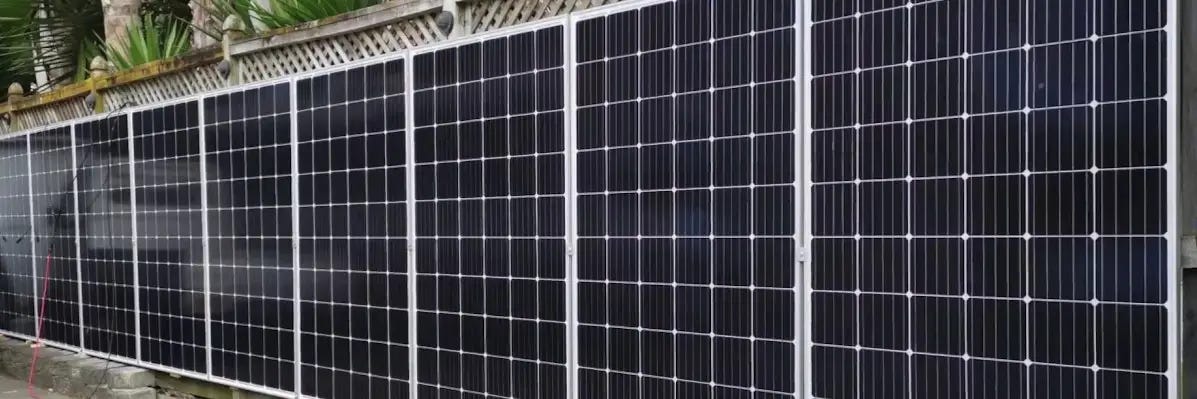MOTHER TREE MATRICIDE
IN OTHER NEWS, the controversy continues to toil and trouble over the popular “Mother Tree” idea, which holds that trees communicate and cooperate across stands through the network of fungi around their roots.
Last week, an article in the leading science journal Nature ran under the headline “The Mother Tree Idea is Everywhere. But is it Real?” British journalist Aisling Irwin reported that ecologists were increasingly concerned by what they see as the misleading depiction of the forest put forward by University of British Columbia forest ecologist Suzanne Simard, in her 2021 bestseller Finding the Mother Tree:
In it she drew on decades of her own and others’ research to portray forests as cooperating communities. She said that trees help each other out by dispatching resources and warning signals through fungal networks in the soil — and that more mature individuals, which she calls mother trees, sometimes prioritize related trees over others.
The idea has enchanted the public, appearing in bestselling books, films and television series. It has inspired environmental campaigners, ecology students and researchers in fields including philosophy, urban planning and electronic music. Simard’s ideas have also led to recommendations on forest management in North America.
Simard is fighting back against her critics. “They’re reductionist scientists,” she told Nature. “They’ve missed the forest for the trees … The criticisms are a distraction, to be honest, from what’s happening in our ecosystems.” That is, questioning her work imperils the larger goal of forest protection and renewal.
Just yesterday on Twitter, Justine Karst, a University of Alberta ecologist prominent among Simard’s critics, wrote:
Justine Karst
@karst_justine
Apr 3I’m mostly left with questions. Was telling misleading stories necessary to convince the public of the value of forests? Will there be a cost to this approach? Who will bear this cost?
Justine Karst
@karst_justine
Apr 3
Does it matter that the public’s interest in mycorrhizal fungi is based on a story that is now crumbling?
That last line—”a story that is now crumbling”—is notable. Karst writes that many ecologists, herself included, have been guilty of perpetuating stories about cooperative microbial communities. (Full disclosure: Many journalists, too. Me among them.) But proving these stories with experiments is “fiendishly difficult.” The goal of working with them for environmental or other purposes has also proved largely elusive.
Also yesterday, I was trading texts with Reid Harris, a herpetologist, now retired, at James Madison University. I wrote about him ten years ago when he and other scientists were pursuing the idea that antifungal skin bacteria found in a few species might be more broadly applicable to stop the devastating chytrid fungus pandemic, which has become an extinction machine for frogs.
That effort hasn’t yet panned out, and I suggested to Harris that this was also true for many promising theories about manipulating and exploiting the human microbiome. He replied: “The exception being fecal transplant for Cdiff [C. difficile] infection. Amazing ~95% success rate, which is striking for any medical intervention. One reason for success might be that an entire microbial community is used for the treatment.”
So the microbial cause is not lost. It may just take longer than we hoped, and it will require a considerable dose of scientific and journalistic caution to avoid people turning away in disappointment.
FOREVER SUSTAINABLE PFAS?
This week, a U.S. District Court approved a settlement in a PFAS lawsuit against chemical giant 3M (MMM). The settlement, according to the Associated Press report, is “for pollution with per- and polyfluorinated substances, known collectively as PFAS — a broad class of chemicals used in nonstick, water- and grease-resistant products such as clothing and cookware.” It will cost 3M $10-12.5 billion dollars.
The same week, oblivious to irony, a federal appeals court—known as ”the Trumpiest court in America” and “where law goes to die”—gave another chemical company permission to accrue further liability by continuing to produce containers that leach PFAS into their contents.
Inhance Technologies, also apparently blind to irony, boasts that it offers “the world more responsible and sustainable choices, for good. Forever.” It says it is aware that its products contain PFAS, also known as “forever chemical.” But that has been the case since 1982. So it argued that the Environmental Protection Agency can’t block it as a “new use” under existing law. The court agreed, according to the report from Chemical Industry & Engineering News.
Inhance says it was unaware until 2022 that its fluorination process creates PFAS impurities. In December 2022, the company submitted notices to the EPA to comply with the significant new use rule. But a year later, after reviewing the notices, the EPA ordered Inhance to stop producing PFAS through its fluorination process because three of the by-products are toxic at low levels.
Inhance immediately petitioned the US Court of Appeals for the Fifth Circuit to expedite review of the EPA’s order, claiming that shutting down its fluorination process will bankrupt the company.
Inhance says it has used the same process to fluorinate plastic containers since 1983. In its petition, it argues that the decades-old process is not a “significant new use under TSCA” because new means “having recently come into existence” or “not previously existing.”
Calling all class action lawyers.
GOOD FENCES MAKE ELECTRICITY
That’s right. Manufacturing solar cells—at least the way they’re doing it in China—is now so cheap that people are using them to build garden fences. I learned of it because of an article in the Financial Times, hidden behind a paywall but quoted by something called Dagens News (US) in an article subsequently reprinted on something else called Microsoft Start. (Yeah, what we used to call “the press” has become very convoluted and almost certainly designed so journalists get left out of the money). Here’s part of the report on a trend that seems to be developing mainly in Europe:
"Why build a fence out of anything else when you can use solar panels, even if they're not perfectly aligned with the sun?" remarks Martin Brough, head of climate research at BNP Paribas Exane, in a conversation with FT.
While it's true that solar panels capture less sunlight when positioned vertically, like on a fence, than when they are inclined on a roof, the installation costs are lower, and their efficiency increases in winter, when the sun is lower in the northern hemisphere sky.
It reminds me that home-grown electricity is now anywhere you want it. That terrifies traditional power companies, which see their gas and electric monopoly in peril. It does not take a genius to see it. The cost of renewable energy and battery storage is now coming down so fast that it will soon be economically impractical to operate methane gas-fired power plants that are still in the planning stage.
Many power companies are now working their political connections to make homegrown renewable energy as expensive as possible for the homeowner. They’d much rather pay for solar farms in deserts, forests, and other open space, and then build expensive transmission lines to get the power transmitted aross long distances to the city than the alternative, which would be to let property owners in and around cities build, own, and operate their own renewable power sources—on rooftops, on parking lots, and even garden fences.
The utility power grasp is a subject for another day. But it reminds me of something I read this week on Rachel McDonald’s Planet Critical substack.
Any conversation about energy must always come back to power, their linguistic synonymity reflecting political synonymity … Our system is centralised, energy-greedy and fragile. It’s why blown-up pipelines shock the entire supply chain. It’s bad design, but centralising energy systems makes it possible to hoard power. The system is badly designed—in every respect—but fulfilling its purpose …
Renewable (or rebuildable) energy is fundamentally decentralised. It disrupts the energy system, which disrupts the power system. It’s possible for communities to co-own their own energy supply, or for individuals to produce their own electricity and even offer some back to the grid. It’s kind of like a better version of people owning the means of production: it’s like owning the means.
Power to the people, literally! You all have a good weekend.






